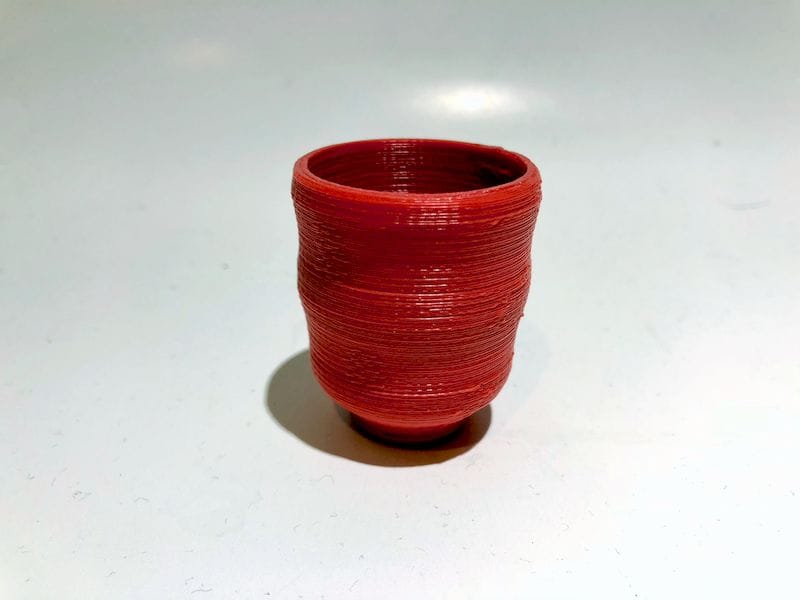
There is a problem that I see unfolding everyday.
It’s of people posting their self-designed 3D prints to solve common household and office problems. While these inventive solutions are often quite ingenious and practical – and fun for the designer – they are increasingly involving food applications.
It might be a bowl, or a cutlery tray, or a specialty spoon. All of which will be touching food material that you might ingest.
What’s the issue? It’s food safety.
Every commercially produced object you use to manipulate or store food has been (or should have been) declared food safe by its maker through the use of food safe procedures, equipment and materials.
I hazard a guess that the production processes of most of the household items 3D printed today have not taken into account food safety.
There are two things that can go wrong that jeopardize food safety.
First, typical 3D prints produced on filament extrusion equipment are quite porous, and exhibit visible layer lines. These pores and layers can easily collect nasty material like bacteria, rotting food and worse. It tends to collect because you cannot easily clean material from between the tiny layer lines, and if the pores are large enough, bad material could be absorbed inside the print. Just pour some water into an average print and see what happens.
The second problem is chemical. Whatever chemicals are on or in the print may transfer to your food material. Scooping with a 3D printed spoon may pollute your sugar, for example. It’s not much, but if you use it every day, that’s quite another story.
The chemical pollution can be partially eliminated by using food safe 3D print materials. It’s possible to obtain such filament, which is made solely from safe chemicals and pigments.
Remember that some filaments are colored with lead-based pigments, and these are definitely not food safe. In many cases you have no idea what is in that filament, as there are no standard for reporting the contents used by most manufacturers.
But that is not the entire story. That spool of food safe filament must travel through the entire 3D print system to become a spoon, for example. It must touch the extruder gears or wheels. It must rub against any tubing present in the system. It must contact the hot end nozzle, made from brass, steel or tungsten alloys, any of which might contain nasty substances.
Thus your food safe filament might emerge from the hot end with some extra ingredients.
There is a solution, however.
Once a 3D print is produced, you can smooth the print’s surface by sanding or chemical application. This eliminates the layer lines that can capture material. Of course, you can also 3D print the object with a more solid infill and extra perimeter shells to decrease the porosity.
Once you have a smooth surface, you can then apply a suitable food safe sealant, of which there are many to choose from. Once that’s dried, you should have a relatively food safe 3D print.
My issue is that it is highly likely most people printing on desktop 3D printers do not bother with such troublesome post-processing steps, and end up using non-food safe prints.
I’m not against 3D printing household objects; no, I simply advise people to more carefully post process them to ensure they are food safe.

